Before I traveled to Thrace, I figured I’d find just another border region. Maybe some good food, a few interesting sights, but nothing that would really stick with me.
Turns out, I was way off. Thrace bursts with history, flavor, and hospitality that actually changed how I think about travel. Wandering ancient streets and laughing with locals, I realized Thrace isn’t just a spot on the map—it’s a living story you can taste and feel.
Gentle hills and family vineyards made every meal stand out. I quickly learned that behind every bite and chat, there’s a story waiting.
People here welcomed me like an old friend. They shared traditions and meals in a way that made me feel like I belonged.
Guidebooks barely scratch the surface. Thrace’s charm sneaks up on you and lingers long after you leave.
If you want a trip filled with rich culture, welcoming faces, and unforgettable food, you should put Thrace on your list.

Discovering Thrace’s Unique Place in History
As I walked through Thrace, I kept stumbling on layers of history everywhere—underfoot, overhead, all around.
This region sits right where continents meet, shaped by wild events and cultures from ancient times all the way to today.
Ancient Civilizations and Legendary Crossroads
Long before modern borders, the Thracians built settlements here. They left behind treasures—goldwork, pottery—that showed off their skills.
Greeks and Persians fought battles and made alliances with the Thracians. Their stories fill the history books.
What really struck me was how Thrace acted as a bridge between Europe and Asia. Ancient trade routes crossed this land, bringing cultures together.
Every site I visited, from Roman ruins to Greek theaters, reminded me how many hands shaped this place.
Powerful myths echo everywhere. Orpheus, the legendary poet and musician, supposedly came from these hills.
Local guides loved sharing stories about rituals and celebrations that still inspire the community.
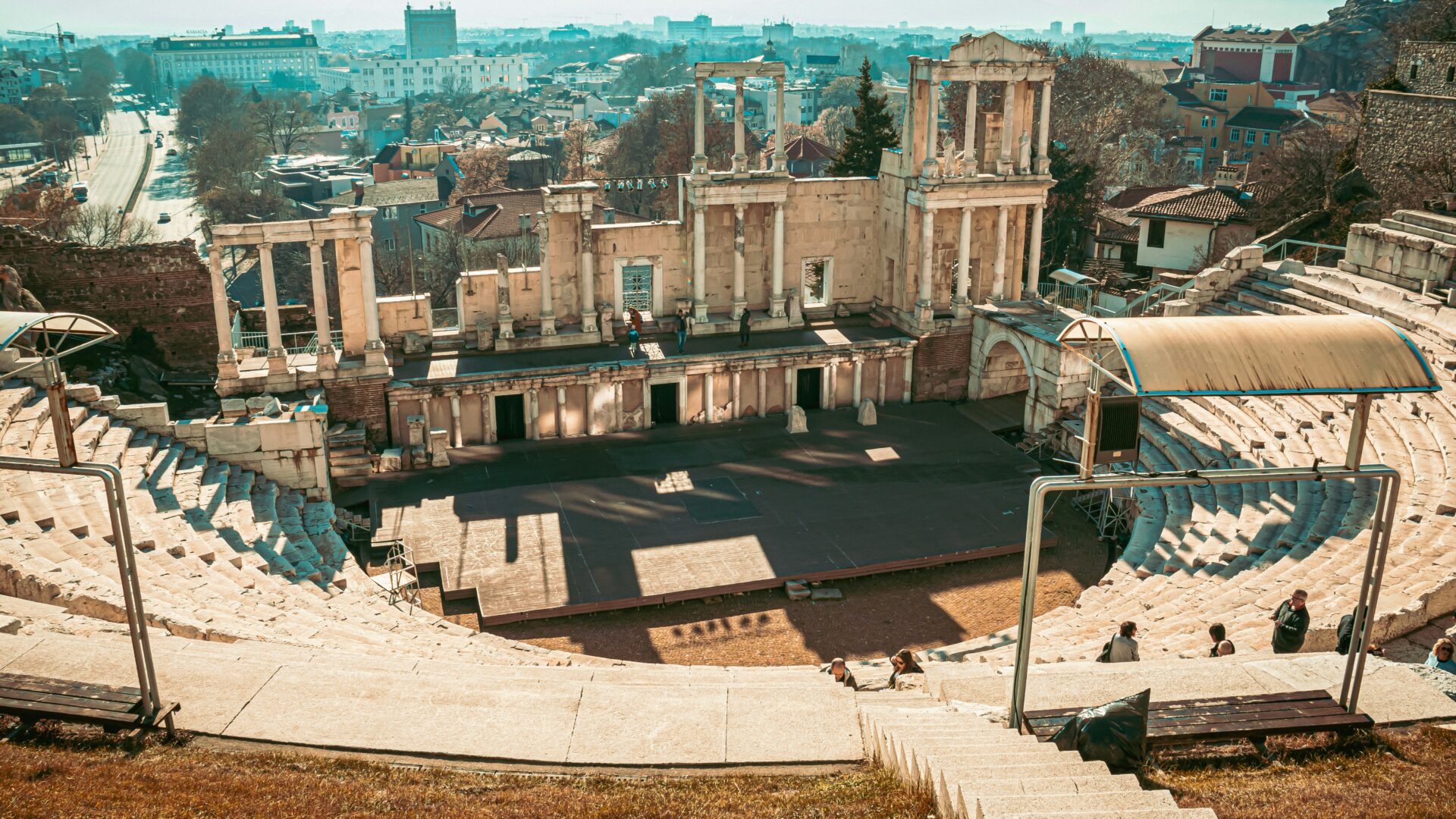
Historical Landmarks That Tell a Thousand Stories
I explored sites where the past felt close enough to touch. The Tomb of Kazanlak, a UNESCO World Heritage site, stands out with its colorful murals.
The art and design there reveal a lot about Thracian beliefs about life and death.
Roman amphitheaters, like the one in Plovdiv, still host concerts. Sitting in those stone seats, I could almost hear the cheers of crowds from centuries ago.
Ottoman-era mosques and bridges still stand in many towns. The mix of ancient, Byzantine, and Ottoman architecture captures Thrace’s layered past.
Even local markets and small churches feel like museums, with stories built right into their walls.
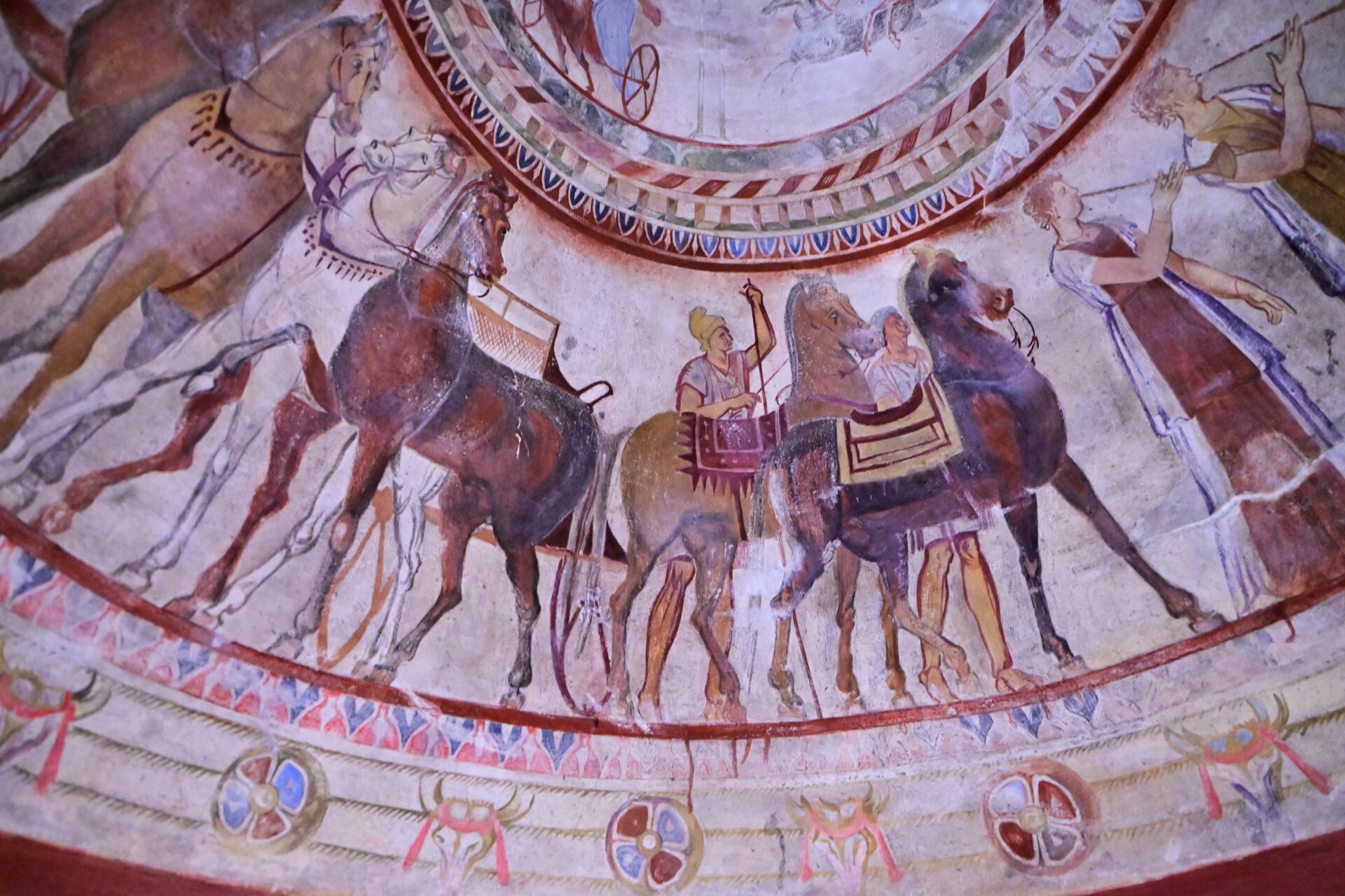
Influence of Empires on Thrace’s Cultural Tapestry
Thrace’s location drew in rulers from Rome, Byzantium, and the Ottoman Empire. In 46 AD, the Romans annexed Thrace and made it their province.
Roman coins, roads, and forts still dot the landscape. Later, Byzantine and Ottoman influences shaped the region’s food, language, and festivals.
As I wandered through towns, I noticed how dishes—rich stews, fresh bread—reflected a blend of traditions passed down for centuries.
Festivals in Thrace echo Christian, Islamic, and pagan roots. You can see this diverse heritage in how people celebrate and in the stories elders love to tell.
The region’s past is woven into everyday life, offering a rare glimpse into how history and community stay connected.
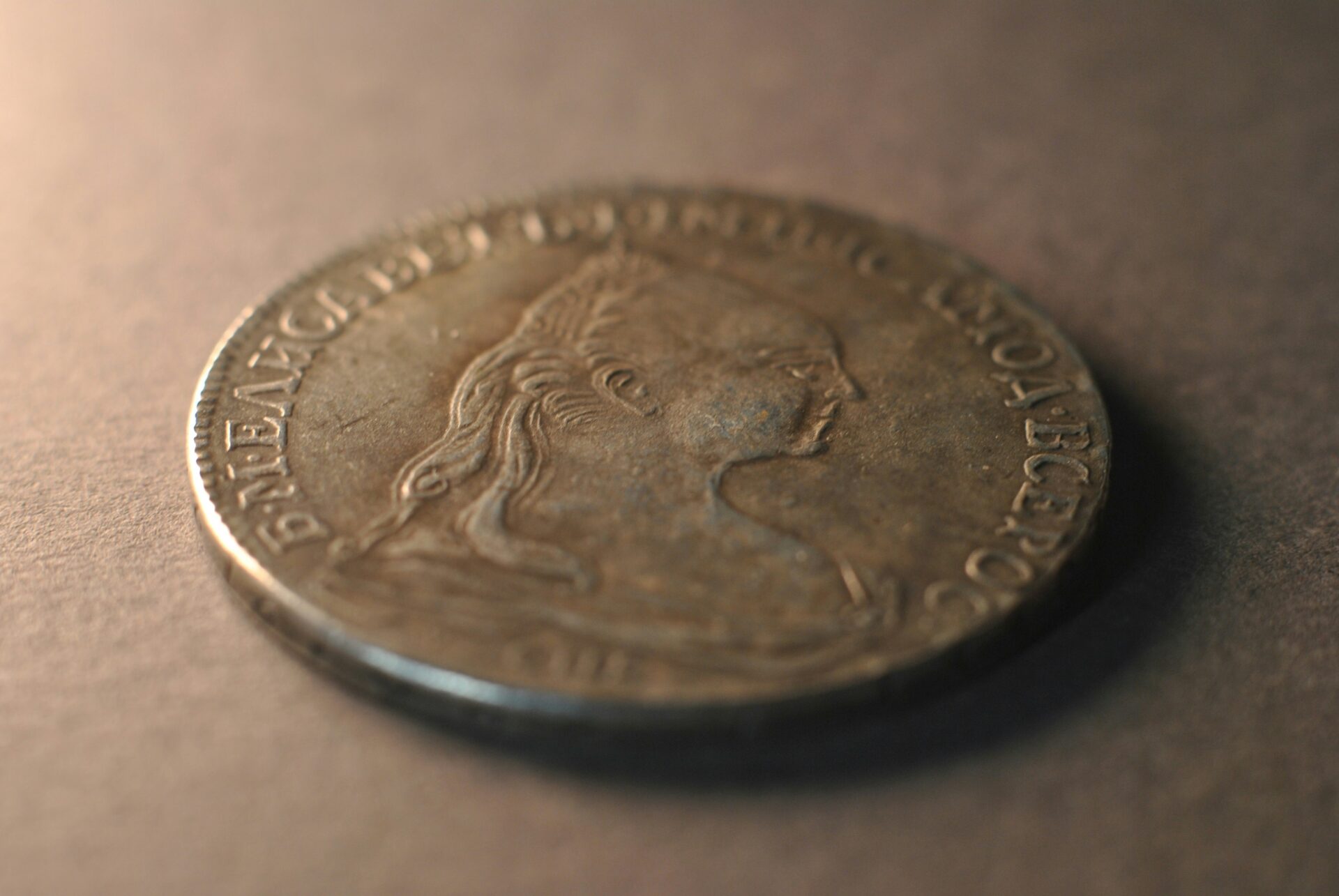
Savoring the Distinct Flavors of Thrace
Food in Thrace feels like a celebration of land, culture, and community. The tables here tell a story, blending old traditions with vibrant local produce and unforgettable places to eat.
Traditional Dishes You Can’t Miss
My first meal in Thrace started with kavarma, a slow-cooked meat stew packed with peppers and tomatoes. It tasted even better than it smelled.
Each bite reminded me how food shapes memories. Banitsa, a flaky pastry filled with cheese and eggs, showed up often at breakfast.
I loved eating it hot and fresh from a street bakery. Another classic is tarator, a cold yogurt and cucumber soup that’s perfect for Thrace’s warm afternoons.
If you’re after the full experience, try meze platters. They come with small servings of grilled sausage (soutzouk), creamy dips, and pickled peppers.
These dishes might not look fancy, but their honest flavors keep pulling me back.

Local Ingredients and Culinary Secrets
Fertile plains and river valleys fill Thrace’s pantry with fresh ingredients. I found out that sheep’s milk cheese, or kashkaval, adds a tangy kick to salads and pastries.
Sun-grown veggies—ripe tomatoes, sweet peppers, fragrant herbs—show up in every meal. Olives, both green and black, are everywhere from breakfast to hearty casseroles.
Cooks here rely on techniques handed down for generations. Slow braising and clay pots lock in flavors.
A sprinkle of wild oregano or a drizzle of unfiltered olive oil turns even simple beans or fresh-caught fish into something special. It’s not about fancy methods—just love for the land and its bounty.
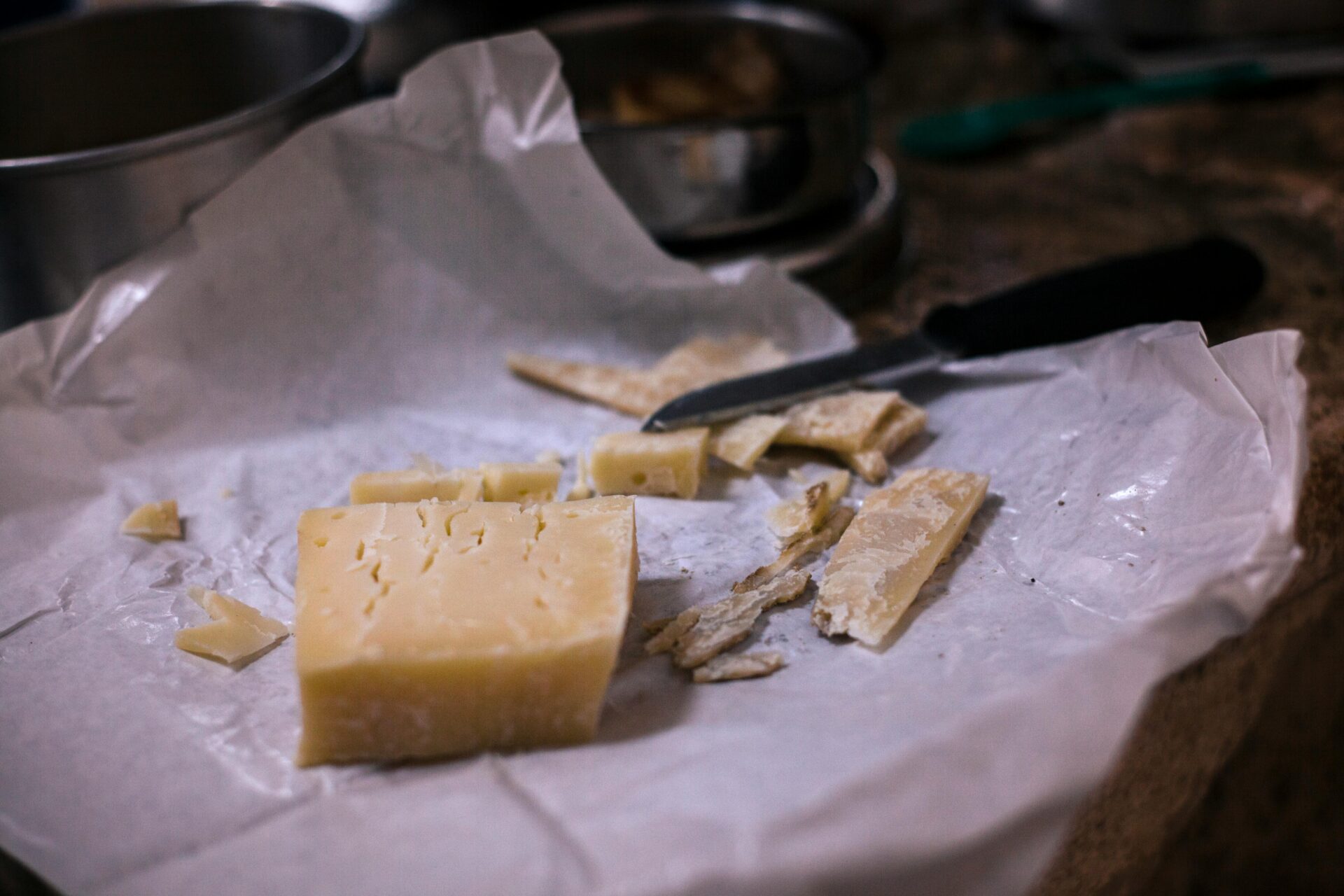
Unforgettable Food Markets and Eateries
Walking through a Thracian market woke up all my senses. Stalls overflowed with plump tomatoes, cured meats, barrels of honey, and handmade cheeses.
I chatted with vendors who offered samples and shared family recipes. Small tavernas surprised me most.
Tables filled with locals sharing laughter and plates of grilled lamb, kebab, and bread straight from wood-fired ovens. One lunch stands out—a riverside eatery where fishermen brought their morning catch right to the chef.
Visiting bakeries was a highlight. The smell of fresh banitsa drifted through the streets, pulling people in from blocks away.
Every eatery, whether hidden in a village or buzzing in a city square, reflected the warmth and pride of Thrace’s culinary heritage.

Meeting the People: Hospitality Beyond Expectations
What really sets Thrace apart? Everyday moments turn into genuine memories. Warm greetings happen everywhere, and it’s not unusual to share food or stories with complete strangers.
Genuine Connections with Locals
From the moment I arrived, smiles greeted me in every coffee shop and busy market. Locals often asked where I was from, what brought me there, or how I was enjoying the region.
In Komotini, a baker insisted I try a pastry on the house. Even when language got in the way, hand gestures and laughter filled the gaps.
Conversations here rarely felt forced. Curiosity led both sides to swap stories about family, history, or daily life over strong Greek coffee.
People often went out of their way to help. If I got lost or looked confused, someone always offered directions—or even walked with me to my destination.
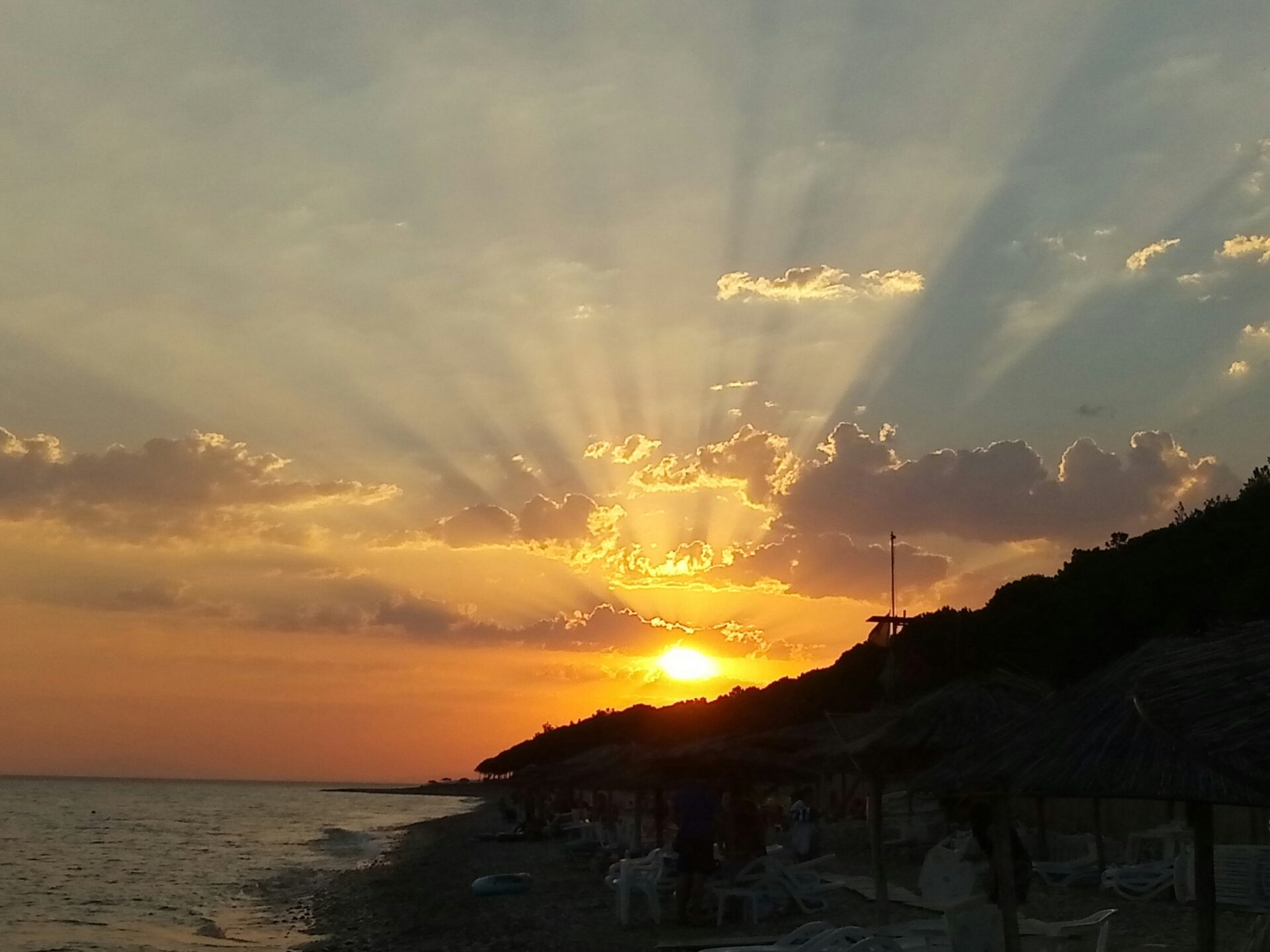
Family Traditions and Warm Welcomes
Invitations to visit homes happen often in Thrace. One evening, a shopkeeper I’d just met welcomed me to a family dinner.
The table overflowed with homemade stews, fresh bread, olives, stuffed grape leaves, and local tsipouro wine.
Family stories unfolded as we ate. Kids helped serve, while grandparents told tales from the village’s past.
The pride in their cooking and traditions was obvious. Every dish had a story, whether about its origins or who taught them to make it.
After dinner, nobody rushed me out the door. We sipped sweet desserts and chatted late into the night. I felt like part of the family.
In Thrace, hospitality isn’t just a custom—it’s woven into daily life.
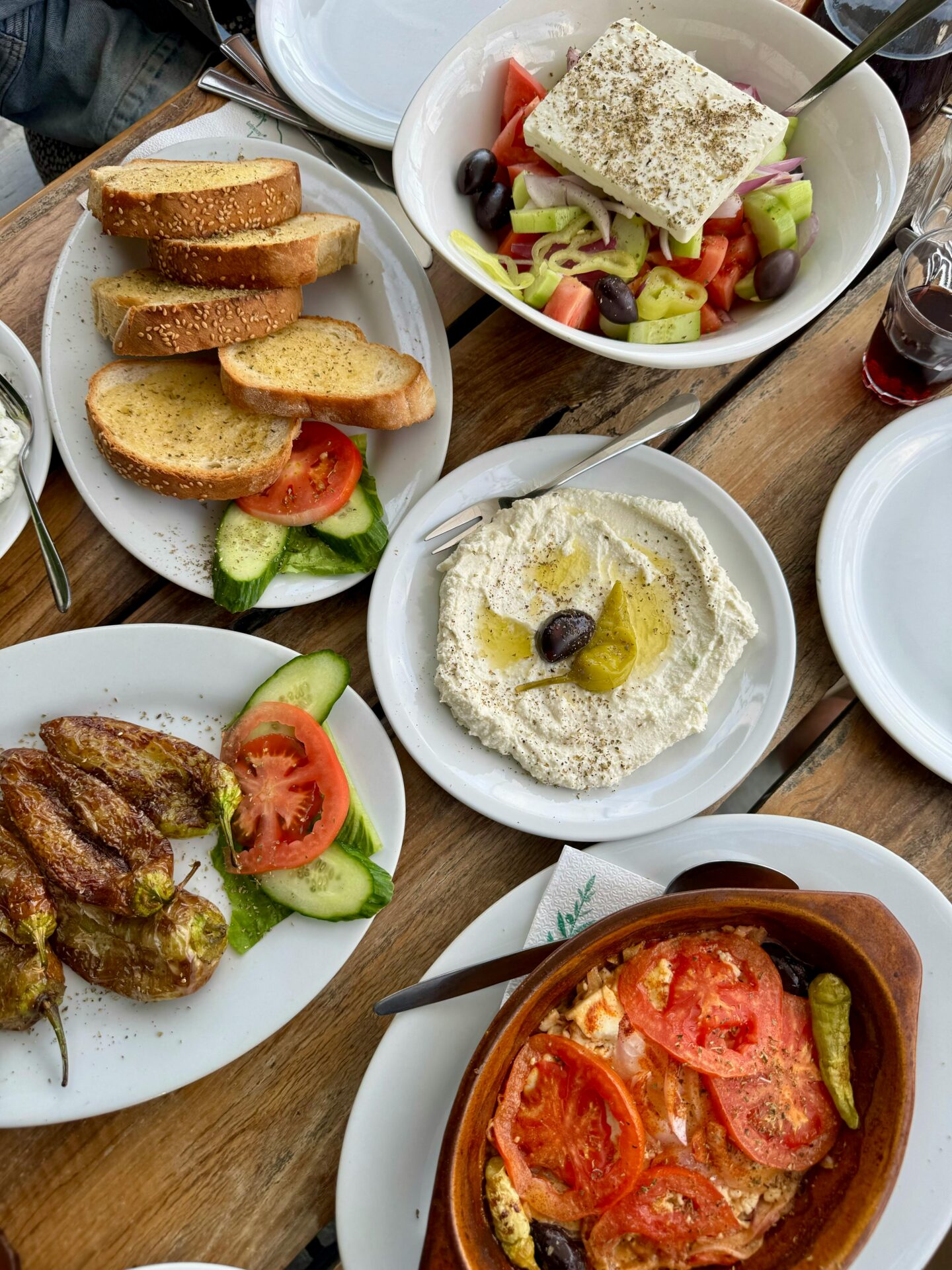
Festivals and Moments That Bring Everyone Together
People in Thrace celebrate their mixed heritage with festivals, big and small. I got lucky and caught a spring music festival in Alexandroupolis.
The city square filled with dancers in traditional dress, musicians playing folk songs, and families sharing plates of baklava and grilled meats.
Villages host open-air events for holidays and harvests. Neighbors invite visitors to join in, so I found myself learning simple circle dances called horos and sampling specialties like börek and sweet loukoumades.
Even if I didn’t know the steps, laughter and encouragement made it easy to join.
What really stood out? The sense of unity. Festivals in Thrace often bring together people from Greek, Turkish, and Bulgarian backgrounds.
Sharing these traditions—even as a guest—showed me that hospitality here goes way beyond a single home. It’s what brings everyone together.
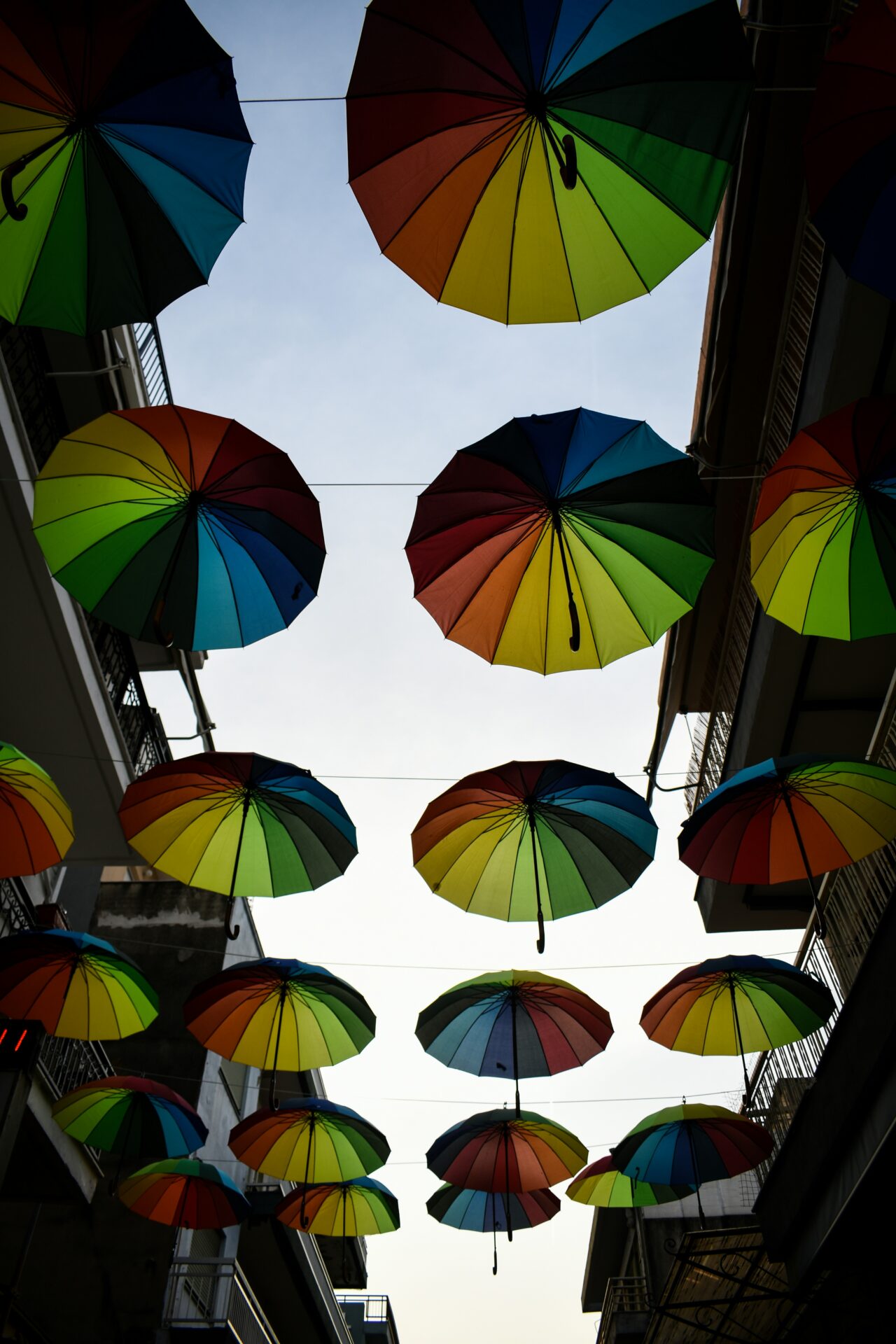
Thrace’s Diverse Landscapes and Hidden Gems
Thrace surprised me with its mix of hills, vineyards, forests, and rivers. Every twist in the countryside brought something new, from peaceful villages to wild, untamed mountains.
Scenic Villages and Rolling Vineyards
Many Thracian villages still keep old traditions alive. In places like Malko Tarnovo and Mezek, narrow stone streets wind past cheerful homes with red-tiled roofs and flower boxes.
Locals greet you with a nod, sometimes offering homemade bread or a glass of fruit brandy.
Rows of vineyards stretch over gentle hills nearby. I loved tasting local wines, especially reds made from Mavrud and Pamid grapes.
Family-run wineries often open their doors for tastings, their cellars lined with barrels aging wines passed down through generations.
Here’s a quick look at what stood out:
| Village | Notable Feature | Local Specialty |
|---|---|---|
| Mezek | Medieval fortress | Red wines, honey |
| Malko Tarnovo | Wooden Revival houses | Cheeses, dried figs |
| Brashlyan | Natural stone churches | Artisan bread |
Staying overnight in a guesthouse gave me a real feel for village life—market walks at dawn, grape harvests, and warm conversations over dinner.
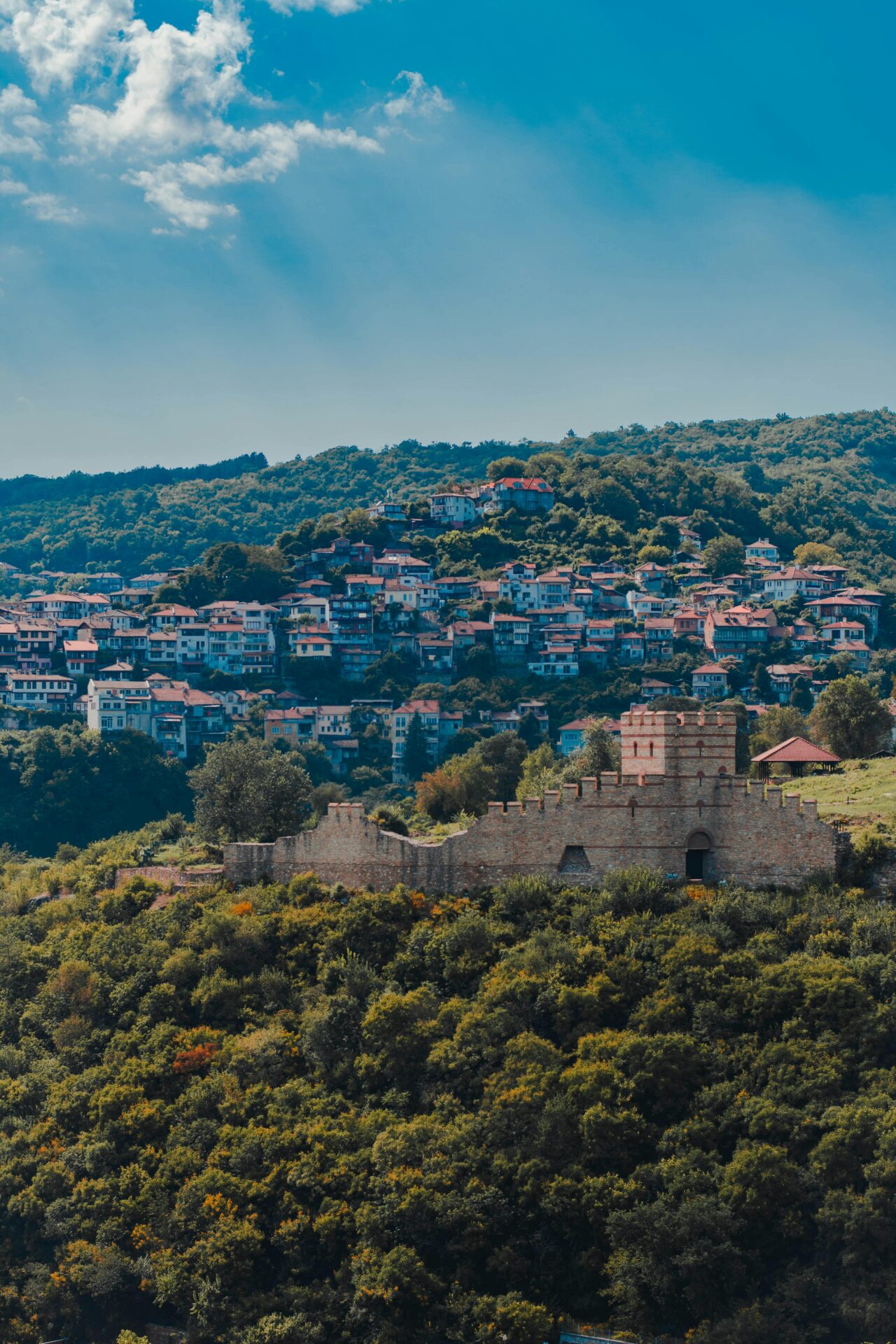
Natural Wonders Worth Exploring
Thrace’s natural sites pulled me far beyond its farms and villages. Strandzha Nature Park stands out.
The forests there shelter deer, wild boar, and rare birds like the black stork. Quiet trails wind to waterfalls and springs where villagers once gathered water.
The Maritsa River is another treasure. It stretches across the region, lined with poplars and reeds.
I spotted herons and turtles basking along its banks. There are caves too, like Magura, famous for prehistoric drawings and towering rock formations.
Walking through these places, I felt a deep connection to nature—and a sense of discovery at every turn.
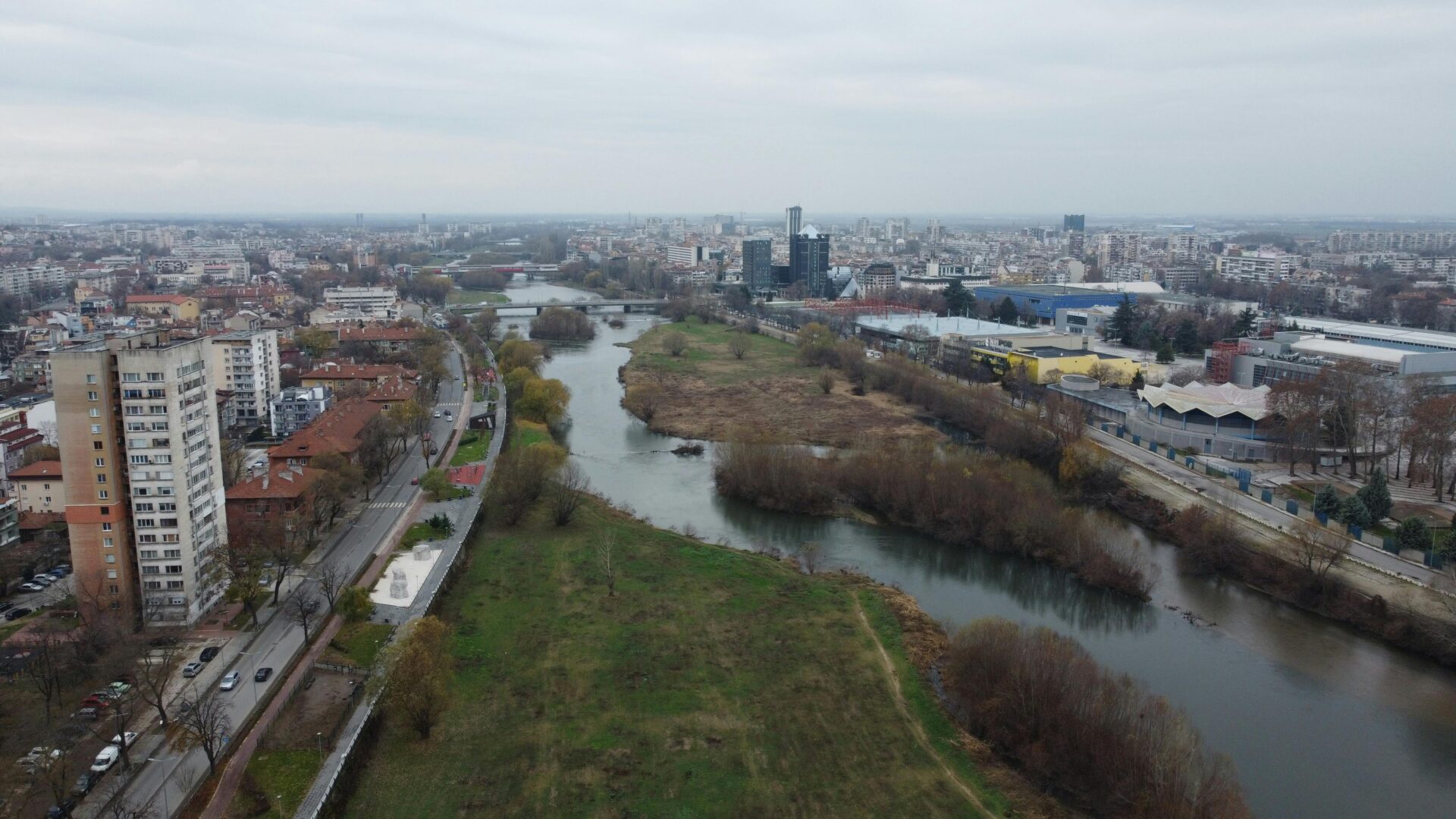
Outdoor Activities for Adventurous Souls
Adventure finds its own rhythm in Thrace. One morning, I tried hiking part of the Kom–Emine Trail.
The paths cut through forests, meadows, and open ridges, with views that make every climb worth it.
Cycling is popular, especially between Pomorie’s salt lakes and the Black Sea coast. Mountain biking through vineyards or kayaking on the Arda River gives you a whole new perspective.
Birdwatchers flock to the Burgas Lakes in spring and fall, when the place buzzes with life.
If you’re into fishing or just want to float lazily on a river, there are plenty of quiet spots with only birdsong and slow-moving water for company.
In Thrace, the outdoors always call—something new to try waits around every corner.
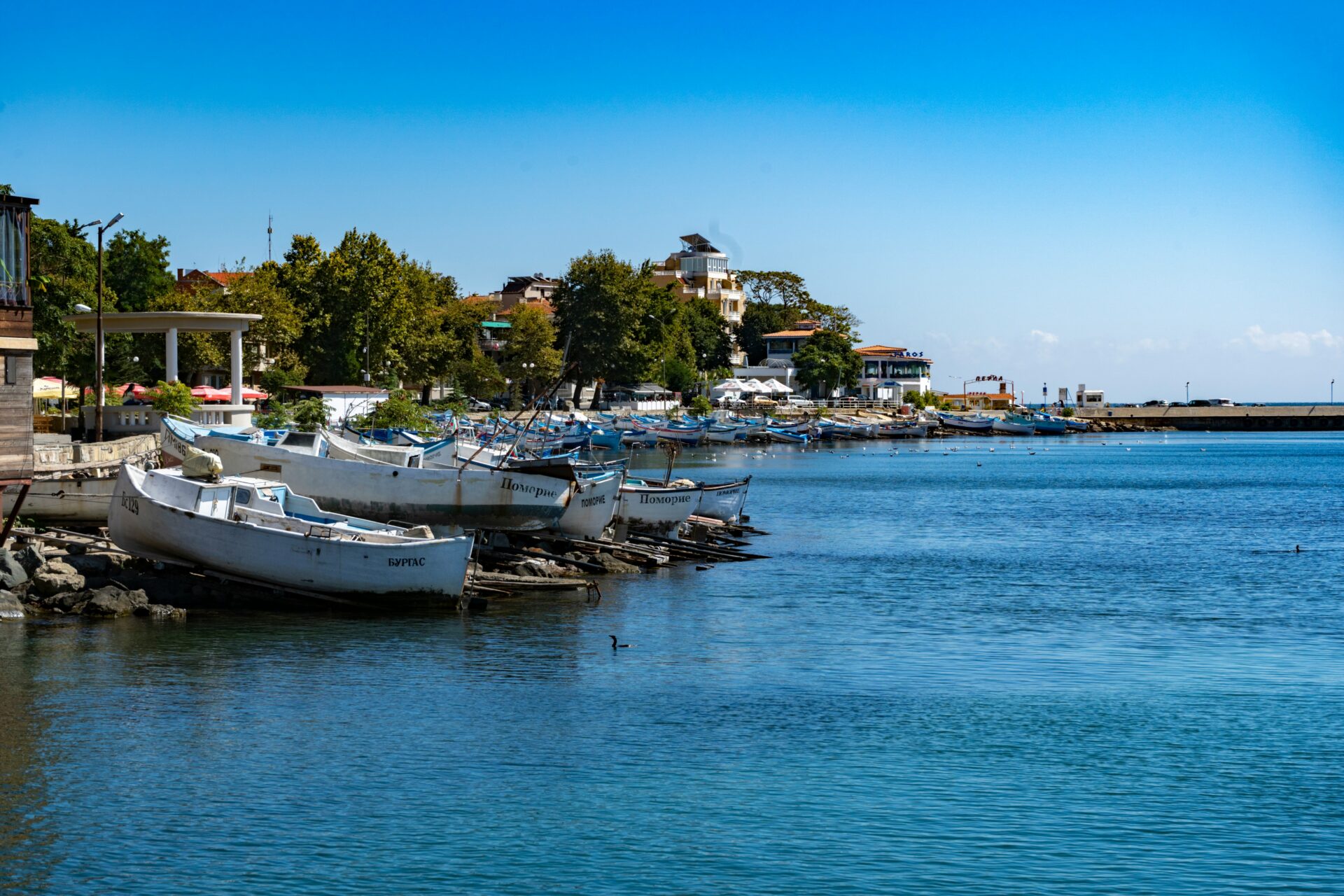
How Thrace Left a Mark: Lasting Impressions & Travel Tips
From lively city squares filled with laughter to quiet villages where strangers treated me like an old friend, Thrace revealed its generous spirit again and again.
The flavors, sights, and simple conversations I experienced there shaped my journey in ways I never expected.
Personal Insights and Unforgettable Experiences
Walking through Thrace, I felt a genuine warmth from locals eager to share their culture.
In one small town, a cafe owner waved me over and insisted I try homemade börek with a glass of regional tea.
The region’s history came alive in unexpected places. Ancient ruins sat beside busy marketplaces, showing how old and new mix naturally here.
I remember wandering cobblestone streets at sunset, watching mayflies dance over a quiet river—a scene that felt unchanged for centuries.
Conversations often turned into something meaningful, not just quick greetings.
A farmer once invited me to help with his grape harvest. We swapped stories and laughter as he taught me about the vines.
Small moments like these made me feel less like a tourist and more like a guest.

Essential Tips for First-Time Visitors
If you’re planning a visit, I’ve got a few practical tips that made my trip way smoother.
- Transportation: Buses connect most towns. Still, I rented a car and honestly, that extra freedom let me find some hidden gems.
- Cuisine: You really shouldn’t miss out on local favorites—grilled lamb, savory pies, and those ridiculously fresh cheeses. I found the best stuff in the markets tucked away in smaller towns.
- Currency and Language: Some places take cards, but in the countryside, people still prefer cash. Most folks speak at least a little English, but trust me, learning a few Turkish or Greek phrases helps a ton.
- Dress and Etiquette: People appreciate modest dress, especially in villages or around religious sites. Sometimes just a smile or a polite gesture opens so many doors.
I packed a light rain jacket, which saved me when the weather changed out of nowhere.
Staying flexible with my plans let me say “yes” to every random invitation that popped up.

